Robotics has never been so easy
mapp Robotics simplifies the use of robots in manufacturing. It provides an array of tools and functions that allow application developers to create and deploy all types of kinematic systems with minimal effort.

Increase your productivity

Reduce your costs
mapp Robotics works with standard automation hardware. You can control multiple robots using a single PLC.

Unite robotics and machine control
mapp Robotics fully integrates robotics applications into the machine control system – including synchronization with microsecond precision.

Integrate your know-how
mapp Robotics can be combined with programs written in C/C++, IEC61131 languages, G-code and user-defined commands.

Robotics programming has never been so easy
The preconfigured components of mapp Robotics make implementing robotics easier than ever before.
mapp Robotics – Added value for your machine

Robotics library
The MpRobotics library makes it easier than ever to integrate a robot into an application. Users can create robotics programs or start point-to-point, linear and jog movements directly – without ever writing a single line of code. For many robot models, there are ready-to-use configurations that can be applied via drag-and-drop. For others, there are mechatronic templates that just need to be configured.
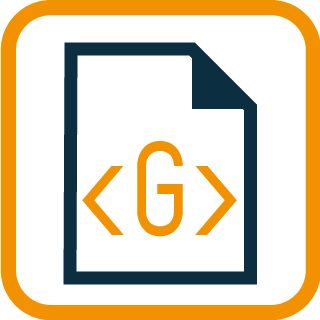
Robotics programs
Users are free to choose their preferred programming method. The ready-made mapp Robotics components can be combined with PLCopen Part 4 function blocks, IEC 61131 languages, C/C++ and G-code. Even user-defined languages can be interpreted. Complex program sequences and processing applications generated automatically from CAD/CAM systems or created using teach-in programming can all be easily incorporated into the automation solution.
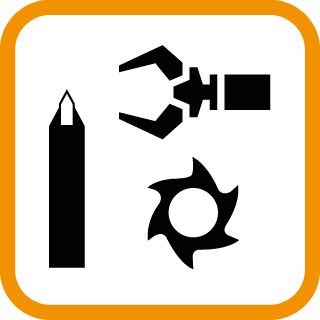
Tools
The tools function makes it easier than ever to use and manage tools. Tool dimensions and orientation can be stored and recalled when switching tools. This data can even be added at runtime. It is is used for path planning and for kinematic transformation of the tool center point (TCP). Mass and inertia values can be set for each tool to be taken into account during feed-forward operation.
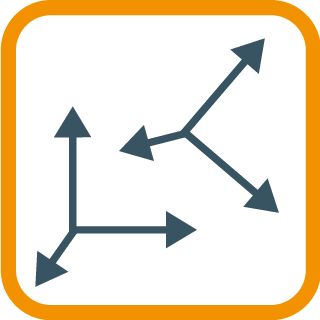
Frames
Frames are used to define the position and orientation of coordinate systems in Cartesian space. The data can be predefined in tables or configured at runtime. Nested frames can be used to define and correct the positioning of the robot and workpiece. Movements can be programmed relative to a processing station or tool changer.
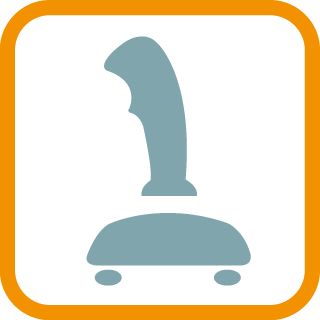
Jogging
The jogging function is an easy way to operate a robot manually in order to set up a program or teach the robot a movement. It allows the robot to be operated using keys or a joystick and ensures especially fast response times. During manual operation, safety-related limit values such as workspace boundaries and speed limits are adhered to just as they are during normal production.
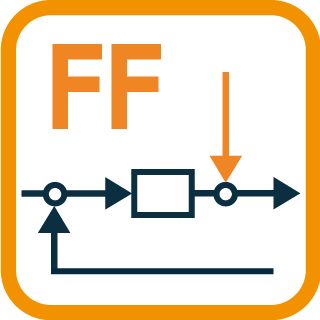
Feed-forward
Feed-forward torque control improves path precision during highly dynamic movements. For each type of robot kinematic system, there is a dynamic, configurable robot model that is used to precisely calculate drive torque in order to minimize deviations from the programmed path. When used together with B&R's high-performance ACOPOS servo drives, this mode provides the maximum amount of dynamic precision.
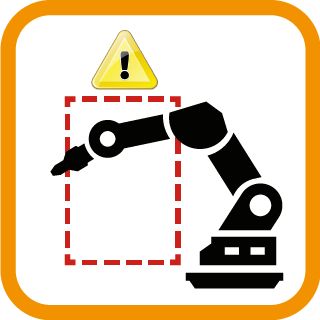
Workspace monitoring
Workspace monitoring makes it possible to define areas in which the robot is permitted or forbidden to move. This can also be done at runtime. A permitted workspace is defined, which the robot is not allowed leave. This space can be further restricted by specifying additional areas that no part of the robot is allowed to enter. It is also possible to implement monitoring to prevent the robot from colliding with itself or other robots.
Usage example:
Automatic palletizer robot
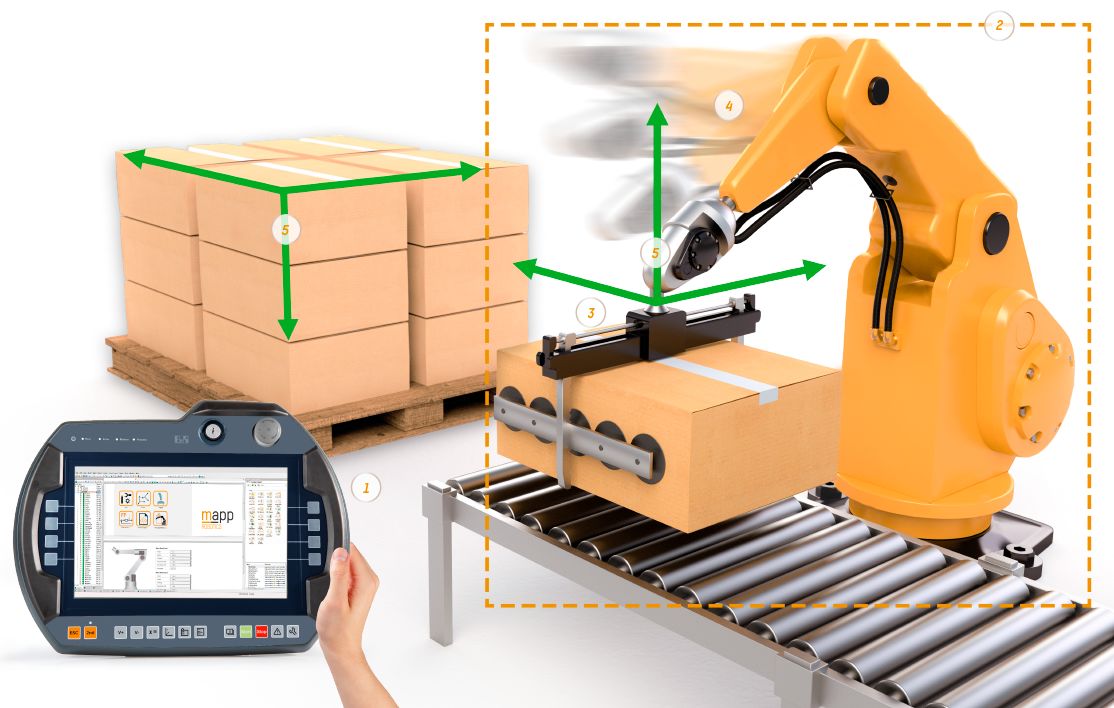
Setup:
(1) | The Jogging function allows the robot to be controlled manually. |
|---|---|
(2) | Workspace monitoring keeps operators safe when working with robots. |
Automatic mode:
(3) | The Tools function automatically takes tool-specific data into account when calculating robot movements. |
|---|---|
(4) | Feed-forward torque control improves path precision during highly dynamic movements. |
(5) | Frames allow you to calculate movements for different coordinate systems relative to one another. For example, a palette can be assigned its own coordinate system that moves within the coordinate system of the robot. |
